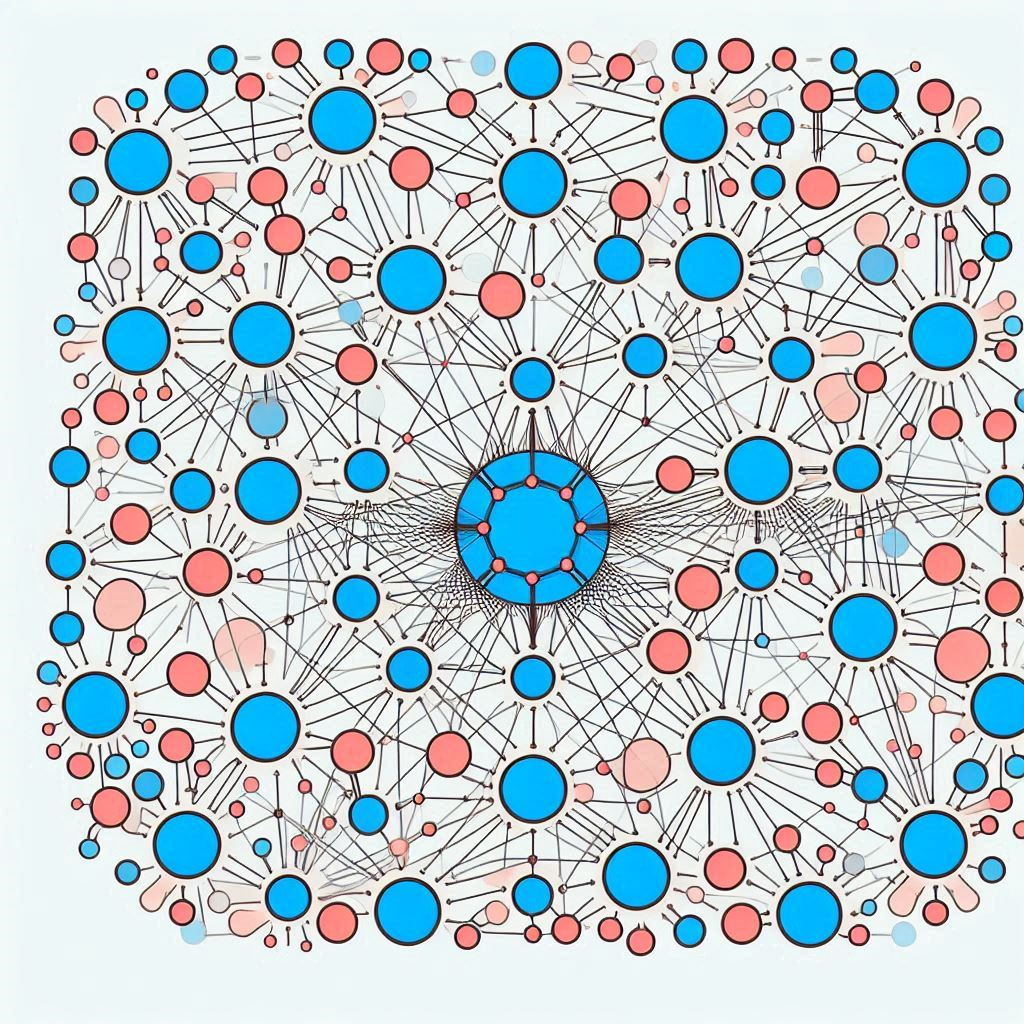Bayesian Network
Bayesian Networks act as maps that illustrate the
relationships between various events, helping us understand how changes in one
event can affect others. Technically, Bayesian networks are probabilistic
models that use directed acyclic graphs to represent the relationships and
probabilistic dependencies between variables. Their origins trace back to
Thomas Bayes and his posthumously published work in 1763, which introduced the
concept of conditional probability. Bayes’ Theorem provides a formula for updating
beliefs based on new evidence, showing the likelihood of an event given related
conditions. One way to express Bayes’ Theorem is that the probability of event
B occurring, given event A has occurred, multiplied by the probability of event
A, equals the probability of event A occurring, given event B has occurred,
multiplied by the probability of event B.
A Bayesian network represents probabilistic relationships among variables of interest. It consists of a structure similar to a directed acyclic graph or belief network, with nodes connected by edges. Each node represents a variable, and the directed edges indicate the conditional dependencies between these variables.
